Non-invasive leak detection technology revolutionizes water leak management by using advanced tools like electromagnetic waves, fiber optics, and acoustic signals to locate leaks without damaging infrastructure. This method saves time, money, and prevents environmental harm, making it ideal for critical sectors like pipelines and reservoirs. Benefits include minimal disruption, accurate results, reduced repair costs, and conservation of resources, making it a popular choice across industries. Future trends include IoT devices and AI for real-time monitoring and enhanced accuracy in leak detection.
“Uncover the future of leak detection with non-invasive technology, a game-changer in industrial maintenance. This innovative approach offers unparalleled benefits, from minimizing downtime to reducing costly damage. In this comprehensive guide, we explore the science behind non-invasive leak detection, its advantages over traditional methods, and its diverse applications. Discover how advanced tools and equipment enable precise identification, while anticipating future trends that will further revolutionize the field.”
Understanding Non-Invasive Leak Detection Technology
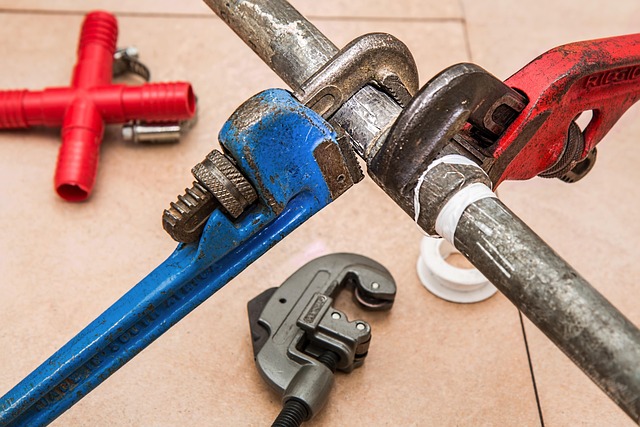
Non-invasive leak detection technology has revolutionized the way we identify and mitigate water leaks, offering a safer and more efficient alternative to traditional methods. This advanced technology employs a range of sophisticated tools and techniques to detect leaks without causing any damage to the infrastructure. Unlike invasive methods that involve digging and disassembly, non-invasive leak detection uses electromagnetic waves, fiber optics, or acoustic signals to pinpoint the exact location of a leak within pipes, tanks, or other enclosed systems.
By sending signals through the material, these technologies can detect even the smallest variations in pressure or sound caused by water flowing through a leak. This allows professionals to identify issues early on, saving time, money, and preventing further damage. Non-invasive methods are particularly useful for critical infrastructure like pipelines, reservoirs, and buildings with complex plumbing systems, ensuring quick repairs and minimal disruption.
Benefits of Adopting This Method for Leaks

Adopting non-invasive leak detection methods offers a plethora of benefits, making it an increasingly popular choice in various industries. One of its key advantages is the minimal disruption it causes during inspection. Unlike traditional invasive techniques that require digging or cutting into pipes and structures, non-invasive methods allow for thorough inspections without damaging property or interrupting services. This makes it an ideal solution for critical infrastructure, where disruptions can have significant consequences.
Moreover, these advanced leak detection systems provide more accurate results, often detecting smaller leaks that might be missed by conventional methods. By utilizing technologies like acoustic sensors, infrared imaging, and ground-penetrating radar, professionals can pinpoint the exact location of a leak, saving time and resources in repair processes. This efficiency not only reduces costs but also contributes to environmental conservation by minimizing water waste and potential contamination.
Common Applications in Industrial Settings
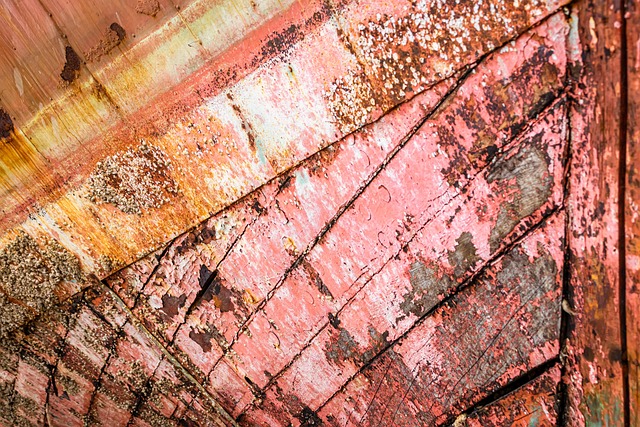
In industrial settings, non-invasive leak detection is a game-changer for maintaining efficiency and safety. It’s used across various sectors to identify leaks in critical systems like pipelines, storage tanks, and cooling towers, preventing costly downtime and environmental damage. These applications leverage advanced technologies such as ultrasonic sensors, infrared cameras, and acoustic imaging, which can detect even minute leaks without the need for physical intrusion or disruption of operations.
Common scenarios include monitoring process equipment for subtle signs of failure, inspecting underground pipelines for corrosion or wear, and ensuring the integrity of closed systems like heat exchangers. By adopting non-invasive leak detection methods, industries can enhance their predictive maintenance strategies, reduce the risk of catastrophic failures, and optimize their asset management practices, ultimately contributing to a more sustainable and resilient operational landscape.
Advantages Over Traditional Invasive Methods

Non-invasive leak detection offers a multitude of advantages over traditional invasive methods, making it a game-changer in the field of plumbing and maintenance. One of the key benefits is minimal disruption to structures and properties. Unlike invasive techniques that often involve digging, drilling, or cutting into walls and floors, non-invasive systems utilise advanced technologies such as acoustic sensors, thermal imaging, and radar to identify leaks from the exterior. This approach preserves the integrity of buildings and reduces the risk of further damage during the detection process.
Additionally, non-invasive leak detection methods are more efficient, cost-effective, and environmentally friendly. They eliminate the need for extensive excavation, thereby saving time, labour, and materials. Moreover, these technologies can detect leaks in various media, including pipes, tanks, and underground storage facilities, without causing any disruption to surrounding areas or the environment. By adopting non-invasive leak detection, businesses and homeowners can stay ahead of potential water damage, reduce insurance claims, and contribute to sustainability goals.
How It Works: A Step-by-Step Guide
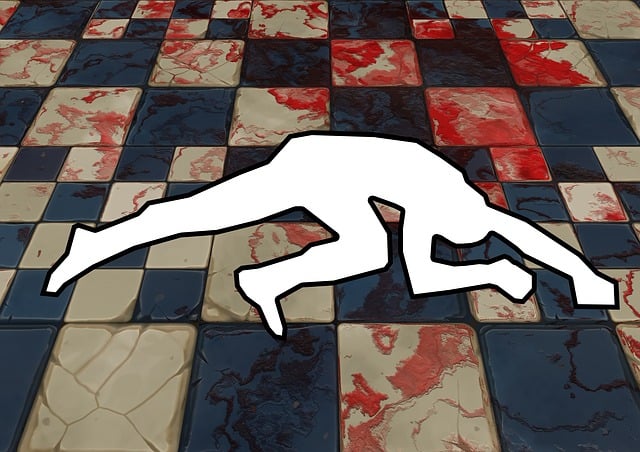
The process of non-invasive leak detection involves several steps, offering a highly effective and safe method for identifying leaks in various systems without causing any damage. It begins with preparing the area, ensuring all equipment is set up correctly, and turning off relevant valves or circuits to isolate the suspected leak location. Advanced sensors and cameras are then deployed to scan the premises.
These sensors use electromagnetic waves or acoustic signals to penetrate walls, floors, and other surfaces. Any disruptions or anomalies in these waves are meticulously analyzed, pinpointing areas with potential leaks. Cameras equipped with high-resolution lenses capture detailed images, allowing experts to visually inspect hidden spaces. By combining sensor data and visual evidence, technicians can precisely determine the exact location, size, and type of leak, enabling them to suggest effective repair solutions without breaking any surfaces.
Tools and Equipment Used in Leak Detection
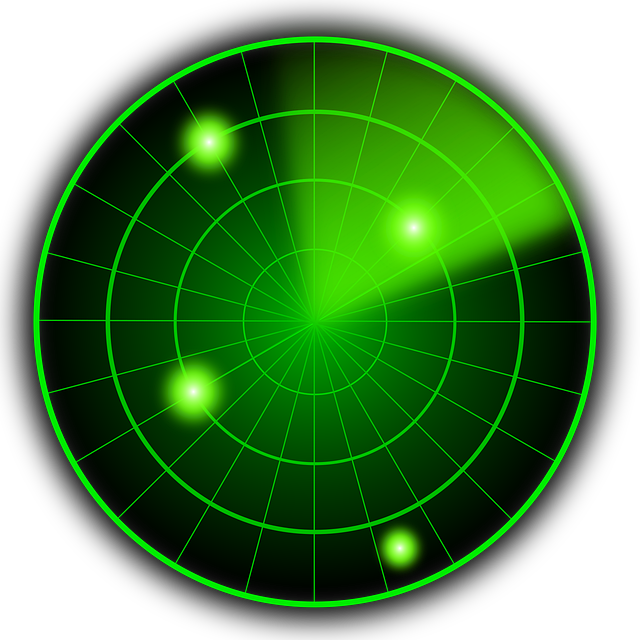
Leak detection is a critical process that relies on specialized tools and equipment to identify and locate water leaks efficiently. The primary instruments used in this field include advanced sensors, such as ultrasonic transducers and infrared cameras. These devices emit sound waves or heat to detect even the slightest vibrations or temperature changes indicative of a leak. For instance, ultrasonic sensors can pinpoint the exact location of a leak by measuring the echo time of sound pulses. Similarly, infrared cameras visualize temperature anomalies, highlighting areas with elevated humidity often associated with hidden leaks.
In addition to these high-tech solutions, traditional methods like visual inspection and pressure testing are still employed. Plumbers use their expertise to manually check for visible signs of water damage or dripping pipes. Pressure testing involves monitoring changes in water pressure to detect leaks within a plumbing system. Combining modern technology with proven conventional techniques ensures comprehensive and accurate leak detection, vital for minimizing water waste and structural damage.
Future Trends and Innovations in Non-Invasive Detection
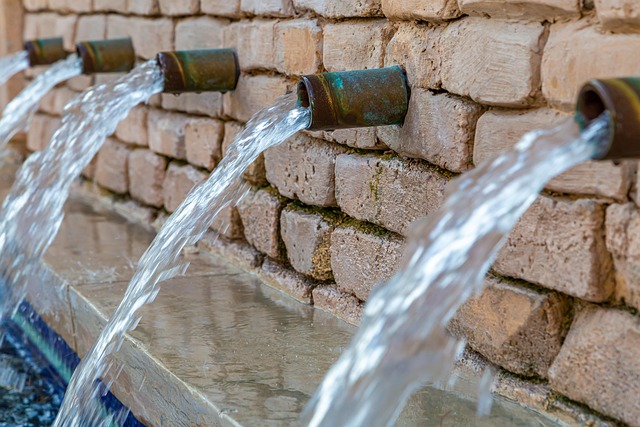
As technology continues to advance, future trends in non-invasive leak detection are set to revolutionize industries heavily reliant on water and gas infrastructure. One prominent innovation is the integration of Internet of Things (IoT) devices with advanced sensors, enabling real-time monitoring and instant alerts for potential leaks. These smart systems can predict and prevent damage by analyzing patterns and anomalies in fluid flow data.
Additionally, developments in artificial intelligence and machine learning are enhancing leak detection accuracy. AI algorithms can now process vast amounts of data from various sources, such as pressure gauges, flow meters, and satellite imagery, to identify subtle signs of leaks that might otherwise go unnoticed. This technology promises improved efficiency, reduced maintenance costs, and a more sustainable approach to managing critical resources like water and natural gas.
